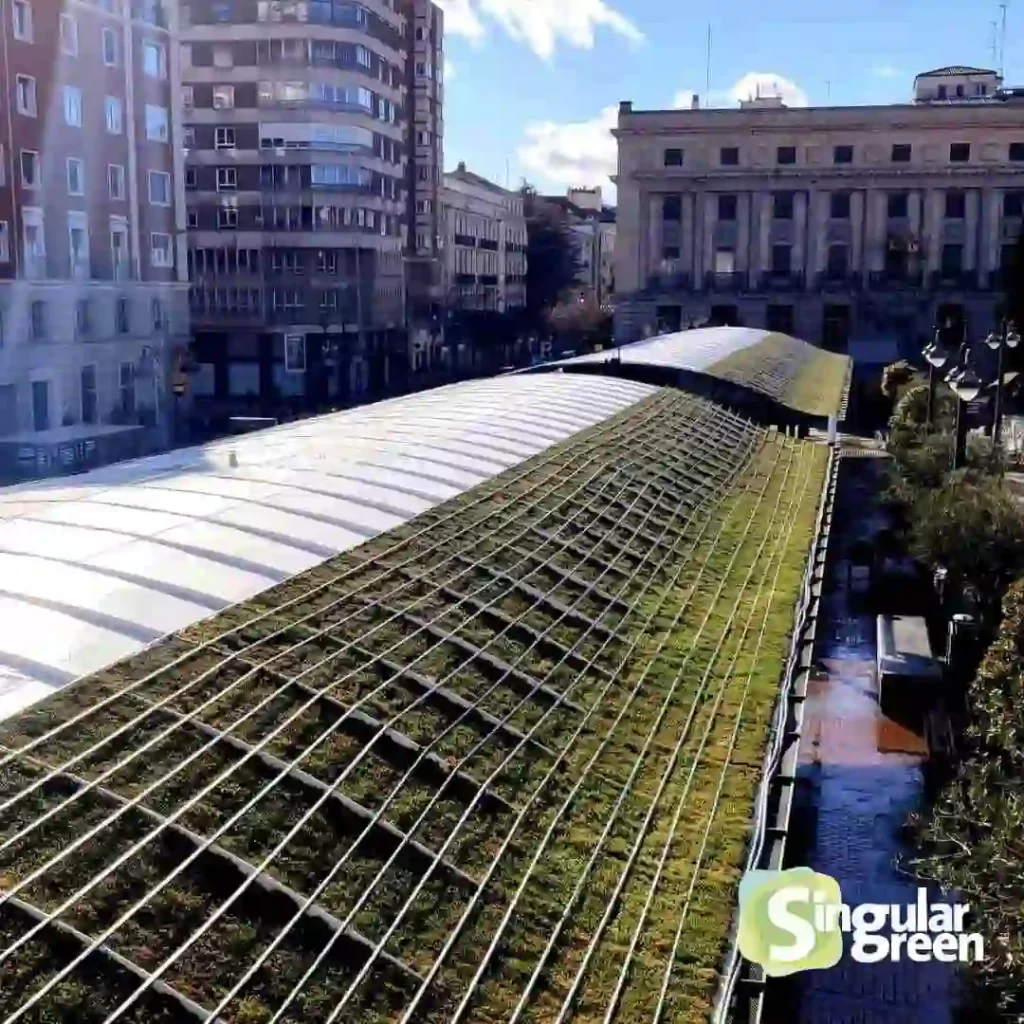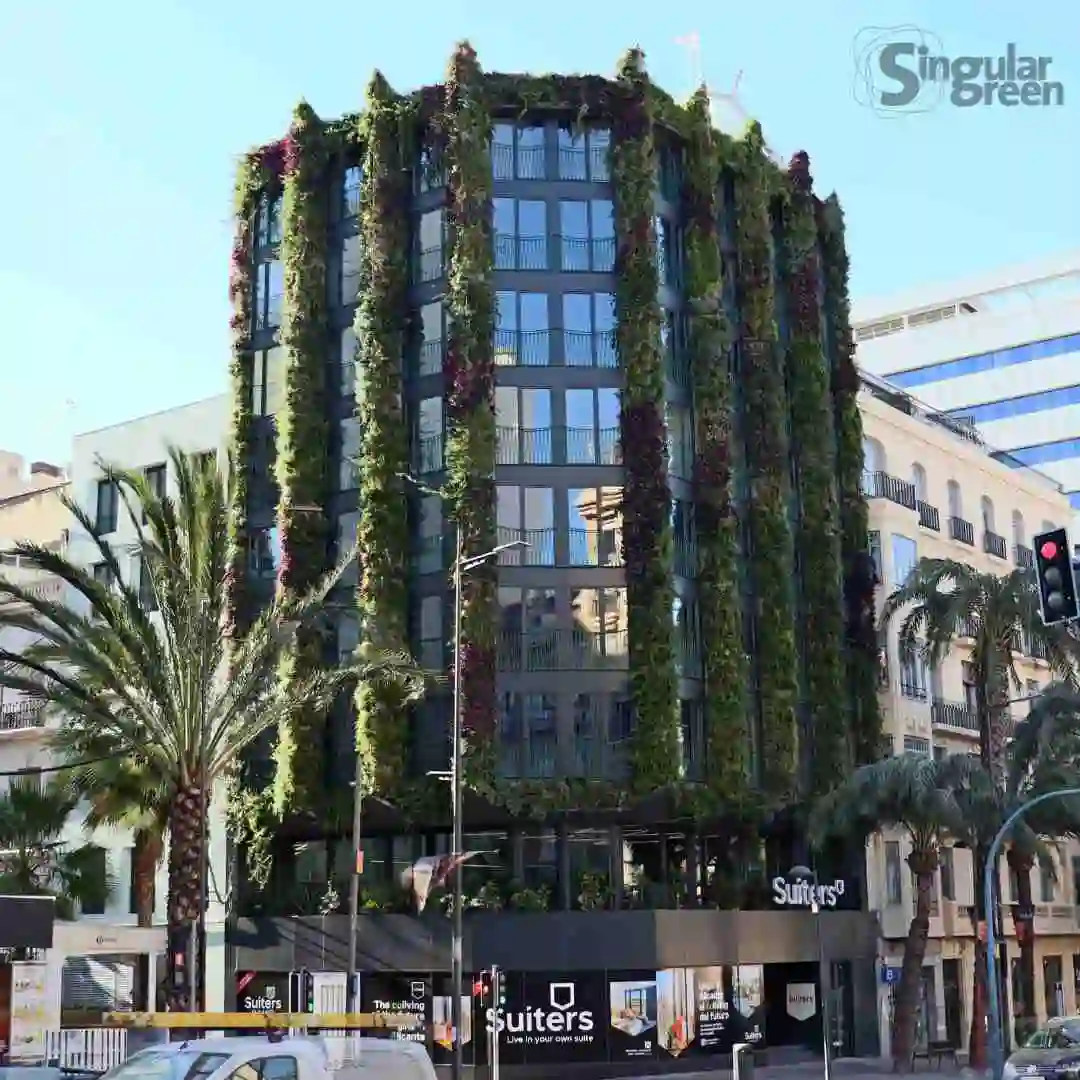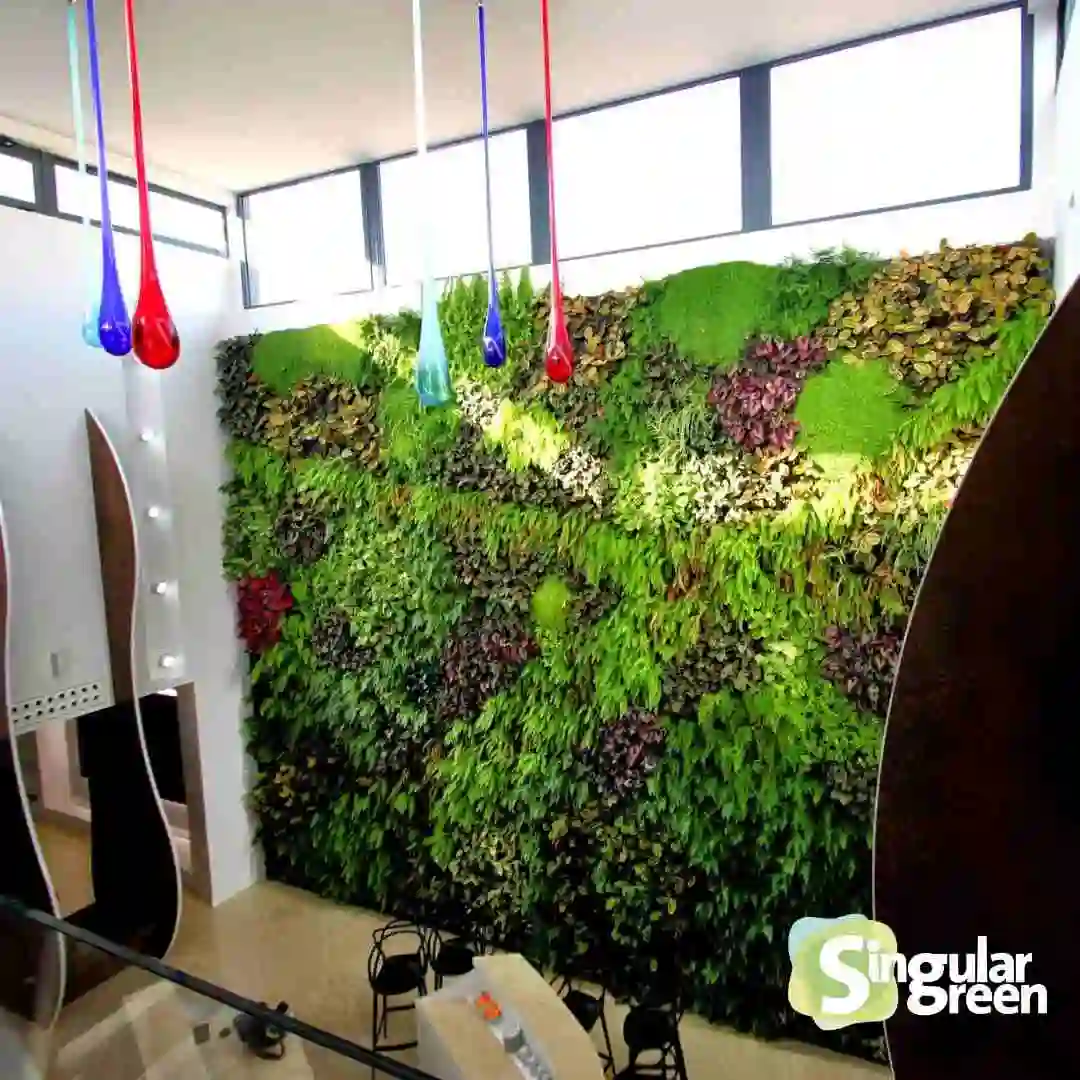Covered-landscaped, also known as green roofs or green roofs, have become a key element in sustainable architectural design.


Green roofs transform wasted space on rooftops and rooftops into green areas that not only beautify the surroundings, but also bring numerous environmental and economic benefits.
From improving thermal insulation to reducing urban pollution, green roofs represent an innovative solution to the challenges of climate change.
Environmental benefits of green roofs
Green roofs play a crucial role in improving the urban climate.
By implementing green roofs, they can significantly reduce the heat island effect, a common phenomenon in cities where temperatures are higher due to excessive paved surfaces and buildings.
In addition, these green systems help to retain up to 80% of rainwater, reducing the overloading of drainage systems and reducing the risk of flooding.
Another important benefit is the ability of green roofs to improve air quality.
Plants act as natural filters that absorb pollutants and release oxygen, thus contributing to a healthier environment for urban dwellers. In my personal experience, after installing an extensive green roof on my building, I noticed a considerable reduction in dust accumulation and an improvement in the freshness of the air on the terrace.
Types of Green Roofs: Extensive, Intensive and Semi-Extensive
There are different types of green roofs, each adapted to specific needs of structure, maintenance and use.
The most widespread classification is as follows:
- Extensive roofs: These are light and require little maintenance, ideal for buildings with weight limitations. They use herbaceous and succulent plants, which are hardy and have low water requirements.
- Intensive covers: These are similar to a traditional garden, with deeper substrates and the possibility of including trees, shrubs and even street furniture. Although they are more expensive and require more maintenance, they offer a recreational space at height.
- Semi-extensive covers: These are a middle ground between extensive and intensive covers. They combine moderate substrates with a variety of plants that allow for a more personalised landscape design.
SingularGreen has its own opinion on why this classification does not work for a climate like that of Spain.
If you want to know more about it, you can do so in this article:
Installation Process: Step by Step
The installation of a green roof must be meticulously planned and executed to ensure its effectiveness and durability.
The main steps include:
- Roof Assessment and Preparation: It is crucial to verify that the structure can support the additional weight and make any necessary repairs to ensure waterproofing.
- Drainage and Protection System: An efficient drainage system is essential to avoid water accumulation that could damage the structure. In addition, a protective layer is placed to prevent roots from puncturing the waterproofing.
- Substrate and Vegetation Installation: Finally, the substrate is applied and the chosen vegetation is planted. In my case, I selected native plants that require little watering, which allowed me to keep maintenance costs low.
Challenges and Considerations to Keep in Mind
While green roofs offer numerous benefits, they also present challenges that must be considered.
Among them, the initial installation cost can be high due to structural and waterproofing requirements.
In addition, regular maintenance is essential to avoid problems such as water seepage or uncontrolled root growth.
In my experience, the main challenge was finding trained professionals to carry out the installation and subsequent maintenance. However, the end result exceeded my expectations, with a green space that is not only functional, but has also increased the value of my property in a competitive urban market.
Conclusion: The Future of Green Roofs in Sustainable Urbanism
Green roofs are not just a fad, but a necessity in modern urbanism.
As cities continue to grow, the integration of green spaces into existing structures becomes an indispensable tool to improve the quality of life of inhabitants and contribute to environmental sustainability.






